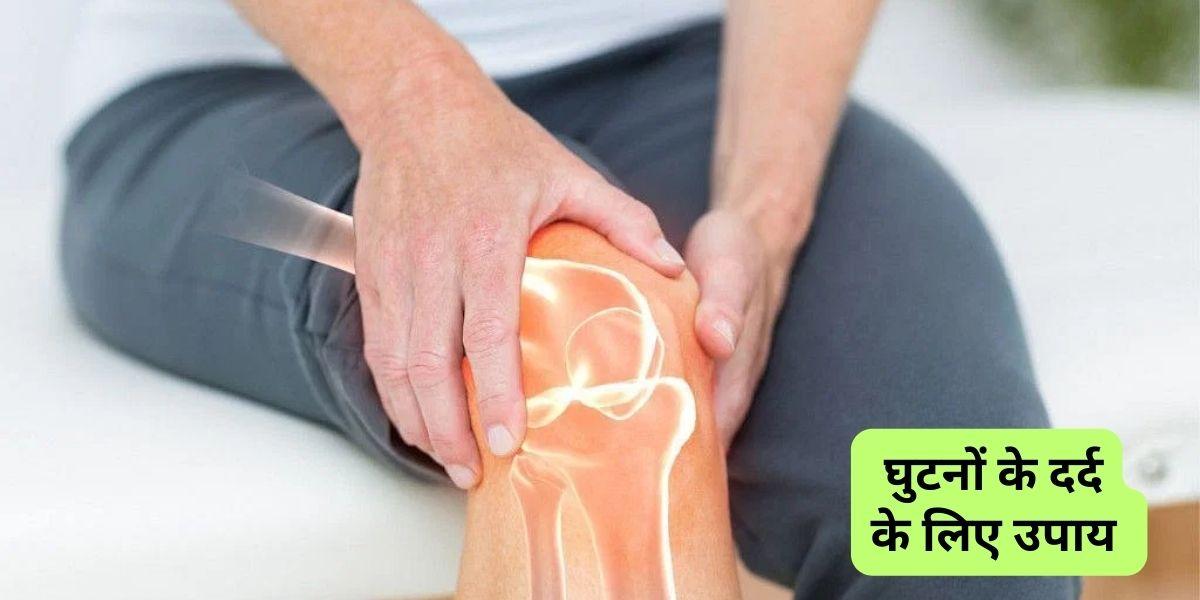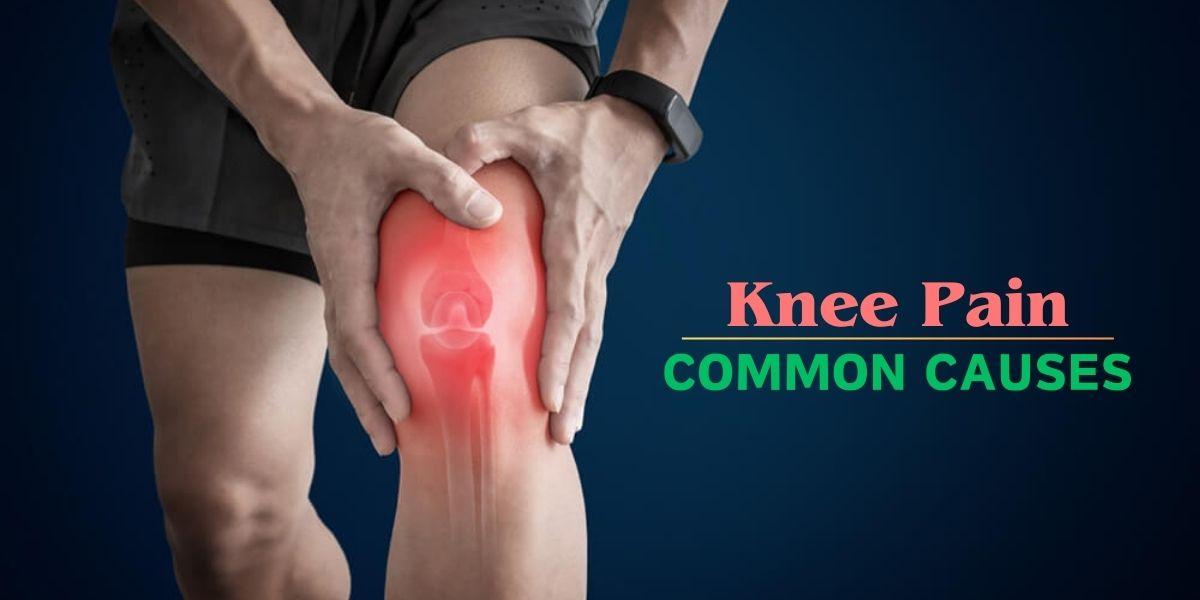
Causes and Treatments for Knee Pain at the Back When Bending
Knee pain at the back when bending can significantly hinder mobility and daily activities. Understanding the potential causes and effective treatments for this discomfort is crucial for managing the condition effectively. This article delves into the root causes and provides practical solutions for relief.
What Causes Knee Pain at the Back When Bending?
1. Popliteal Cyst (Baker’s Cyst)
A Baker’s cyst occurs due to the buildup of synovial fluid in the popliteal area, which is the back of the knee. This condition is often associated with arthritis or a cartilage injury, leading to swelling and discomfort when bending the knee.
Symptoms: Swelling, stiffness, and a visible lump at the back of the knee.
Why It Hurts When Bending: Bending the knee puts pressure on the cyst, exacerbating pain and stiffness.
2. Hamstring Tendinitis
Hamstring tendinitis results from inflammation of the tendons connecting the hamstring muscles to the knee.
Symptoms: Sharp or throbbing pain at the back of the knee, particularly during movement.
Why It Hurts When Bending: The bending motion stretches the inflamed tendon, intensifying discomfort.
3. Knee Osteoarthritis
Osteoarthritis, a degenerative joint disease, can affect the cartilage at the back of the knee.
Symptoms: Pain, stiffness, and a grinding sensation during movement.
Why It Hurts When Bending: The lack of cartilage cushioning increases friction between bones, causing pain.
4. Posterior Cruciate Ligament (PCL) Injury
The PCL stabilizes the knee and can be injured during trauma or sports activities.
Symptoms: Swelling, instability, and pain at the back of the knee.
Why It Hurts When Bending: Flexing the knee places strain on the injured ligament, resulting in discomfort.
5. Deep Vein Thrombosis (DVT)
A blood clot in the deep veins of the leg can cause pain and swelling at the back of the knee.
Symptoms: Swelling, redness, and tenderness in the affected area.
Why It Hurts When Bending: Increased blood flow during movement aggravates the condition, leading to pain.
6. Meniscus Tear
A meniscus tear, often caused by sudden twisting or trauma, can lead to pain and limited mobility.
Symptoms: Popping sensation, swelling, and difficulty bending the knee.
Why It Hurts When Bending: The tear causes mechanical obstruction and irritation during movement.
How to Treat Knee Pain at the Back When Bending
1. Rest and Immobilization
Why It Works: Resting the knee reduces strain and inflammation.
How to Do It: Avoid activities that exacerbate pain and use a brace or support to immobilize the knee temporarily.
2. Apply Ice or Heat
Ice Therapy: Reduces inflammation and numbs pain.
Heat Therapy: Relaxes stiff muscles and improves blood circulation.
How to Apply:
- Ice: Apply a cold pack for 15-20 minutes every 2-3 hours.
- Heat: Use a warm compress for 15 minutes, particularly before exercises.
3. Physical Therapy
Why It Helps: Strengthening and stretching exercises improve mobility and reduce pain.
Examples of Exercises:
- Hamstring Stretches: Gently stretch the back of the leg to alleviate tendon strain.
- Quadriceps Strengthening: Exercises like leg raises enhance knee stability.
4. Over-the-Counter Medications
Nonsteroidal Anti-Inflammatory Drugs (NSAIDs): Medications like ibuprofen reduce pain and swelling.
How to Use: Follow the dosage instructions on the package or consult a doctor.
5. Compression and Elevation
Compression: Using a knee sleeve or bandage reduces swelling.
Elevation: Keeping the leg elevated above heart level helps drain excess fluid.
How to Do It: Rest the leg on a pillow and wear a compression bandage during the day.
6. Surgical Interventions
When Surgery Is Needed: Severe cases like a torn meniscus, advanced osteoarthritis, or large Baker’s cysts may require surgical treatment.
Types of Procedures:
- Arthroscopy: Minimally invasive surgery to repair meniscus tears or remove cysts.
- Joint Replacement: For advanced osteoarthritis.
7. Address Underlying Conditions
- For DVT: Immediate medical attention and blood-thinning medications are necessary.
- For Arthritis: Long-term management includes lifestyle changes, medications, and sometimes injections.
Preventive Measures for Knee Pain at the Back When Bending
1. Maintain a Healthy Weight
Excess weight puts additional strain on the knees, increasing the risk of pain and joint issues.
2. Strengthen Supporting Muscles
Regular exercises focusing on the quadriceps, hamstrings, and calf muscles can enhance knee stability.
3. Use Proper Footwear
Supportive footwear minimizes strain on the knees, especially during physical activities.
4. Warm-Up Before Activities
Stretching and warming up prepare the muscles and joints for movement, reducing injury risk.
5. Avoid Overuse
Incorporate rest days into exercise routines to prevent overloading the knee joint.
Managing knee pain at the back when bending requires a combination of rest, targeted treatments, and preventive strategies. If symptoms persist or worsen, consulting a healthcare professional is crucial for accurate diagnosis and appropriate care. At Painmedic Clinic, we Provide knee pain treatment in Pune to help you regain mobility and live pain-free. Whether you’re dealing with chronic knee pain, arthritis, ligament injuries, or sports-related issues.




